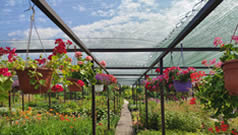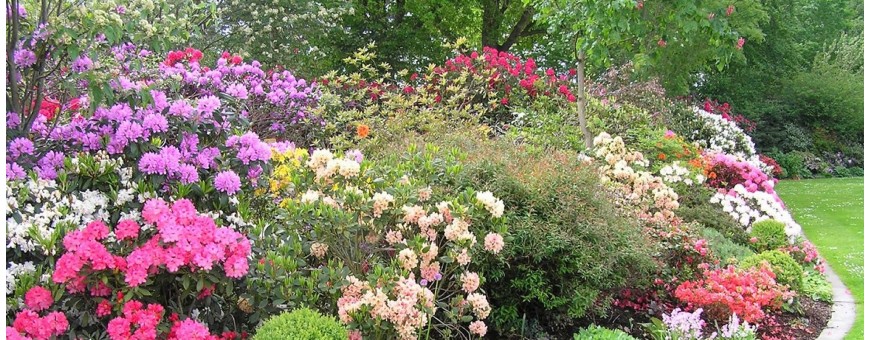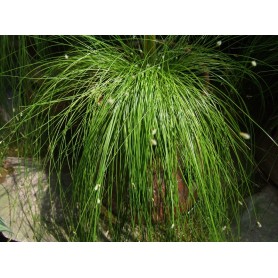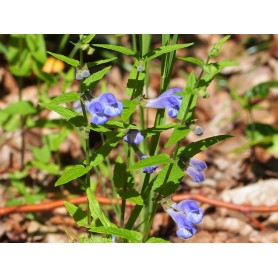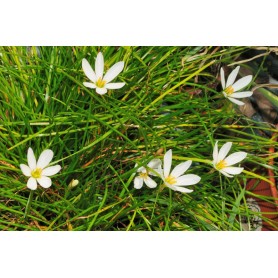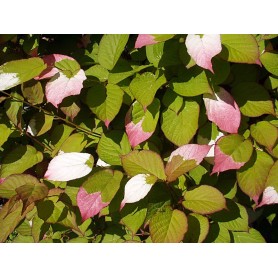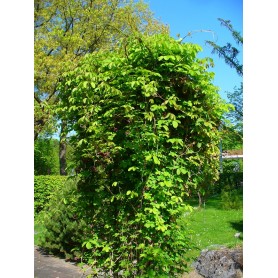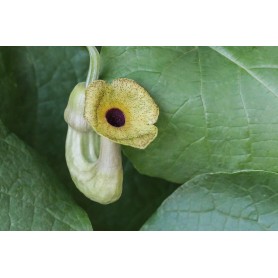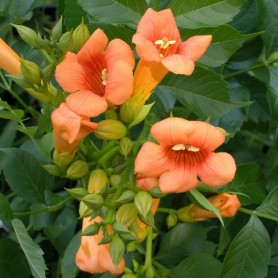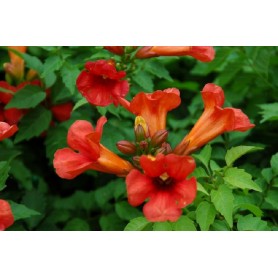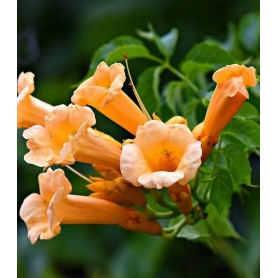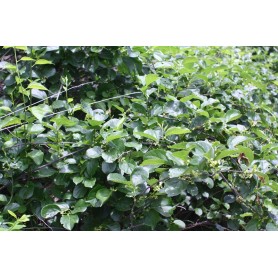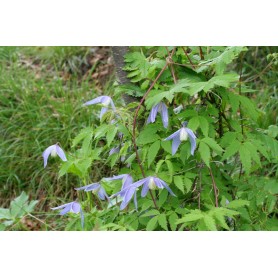Scirpus cernuus
Scirpus cernus, syn. Isolepis cernua, called coniferous grass in Dutch, is a very decorative underwater grass with evergreen, fine, bright green grass-like leaves and abundant mini white flowers that tower on thin stalks just above the water surface. Coniferous grass likes a sheltered position in full sun or partial shade and a water depth that may vary from 0 to 60 cm. This plant likes an acidic to neutral, permanently moist soil and can be incorporated well in the filter zone of the pond, although some winter protection is advisable there. Coniferous grass is fairly hardy, tolerates sea wind and even brackish water, is tolerant of air pollution.
P9 and P11 are sold per 4.
Price is for 4 pieces.
P9 and P11 are sold per 4.
Price is for 4 pieces.
€9.44

